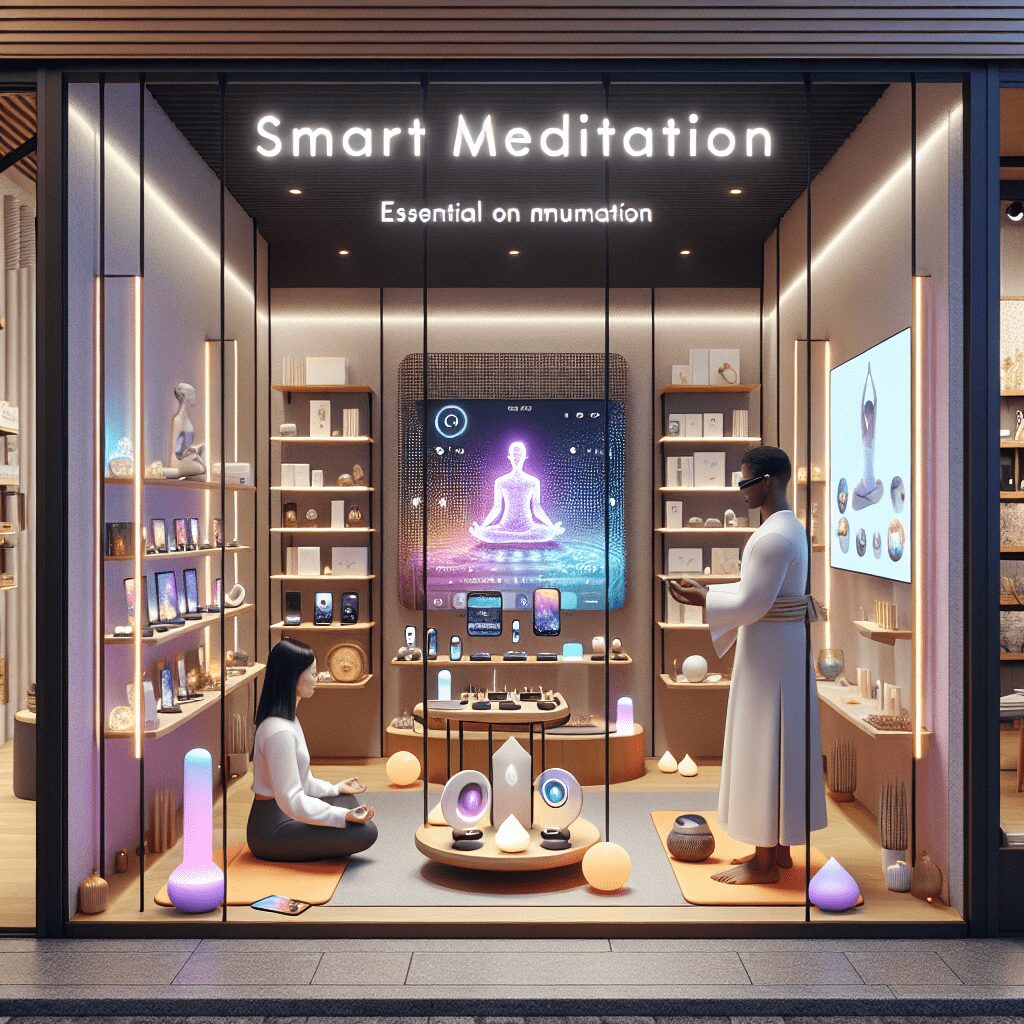
Prioritize your mental well-being daily. Enhance your life by nurturing your mental health with the Smart Meditation app. Break free from stress, alleviate anxiety, and enhance your sleep quality starting today.
Is Mindfulness A Form Of Meditation?
Embarking on the Quest for Inner Peace: Understanding Mindfulness
In the hustle and bustle of our everyday lives, finding moments of peace can often feel like searching for a needle in a haystack. Yet, amidst the chaos, a concept has been quietly making waves, promising a serene oasis in our minds. Enter mindfulness – a practice that’s as intriguing as it is beneficial. But, here lies the million-dollar question: Is mindfulness a form of meditation? Let’s dive in, shall we?
Mindfulness Unveiled: More Than Just Sitting Still
At its core, mindfulness is the art of being fully present and engaged with whatever we’re doing, free from distraction or judgment. It’s about appreciating the here and now, savoring the world around us, and understanding our thoughts and feelings without getting caught up in them. Sounds simple, right? But in practice, it’s anything but.
Here’s where the plot thickens: Mindfulness does indeed stem from meditation. However, labelling it as just a form of meditation doesn’t do it full justice. It’s like saying a square is a rectangle without acknowledging that it can also fit into other geometric conversations. Mindfulness, ladies and gents, branches out. It borrows heavily from various meditation methods, especially those rooted in Buddhist traditions, but it’s also been adapted into several modern practices designed for our fast-paced lives.
The Many Faces of Mindfulness
So, how does one practice this enigmatic art? Grab a seat, because the list is as varied as it is fascinating:
- Mindfulness-Based Stress Reduction (MBSR): A structured program that combines mindfulness meditation and yoga to combat stress, anxiety, and pain.
- Mindful Eating: A technique that encourages full attention to the experience of eating, savouring each bite, and acknowledging our body’s hunger and fullness cues.
- Walking Meditation: Who said meditation means sitting still? This practice involves walking slowly and deliberately, being fully aware of each step and the sensations in your body.
- Gratitude Journaling: A pen-and-paper approach focusing on the good in our lives, fostering positive thoughts and mindfulness.
The perks of getting on the mindfulness train? They’re as compelling as binge-watching your favorite series. From reducing stress and improving focus to enhancing emotional intelligence and fostering empathy, mindfulness seems to be the Swiss Army knife of mental wellness tools.
Incorporating Mindfulness into the Daily Grind
Eager to give it a whirl? Here’s the kicker: you don’t need to meditate for hours on end or stand on one leg atop a mountain (unless that’s your vibe). Mindfulness can be seamlessly integrated into your daily routine. Start small – take a few minutes each day to focus on your breath, or simply pay full attention to the task at hand, be it washing dishes or listening to a friend.
In the end, whether we label mindfulness as a form of meditation or a standalone practice is a matter of semantics. The true beauty of mindfulness lies not in its definition, but in its practice. It’s an invitation to slow down, breathe, and truly connect with the world around us – a beacon of tranquility in the storm that is life.
So, the next time you find yourself caught in the whirlwind of daily routines, remember: a mindful moment might just be the sanctuary you’ve been seeking. Why not give it a try? After all, in the pursuit of inner peace, there’s no one-size-fits-all – but mindfulness might just be the closest thing to a universal charger.





